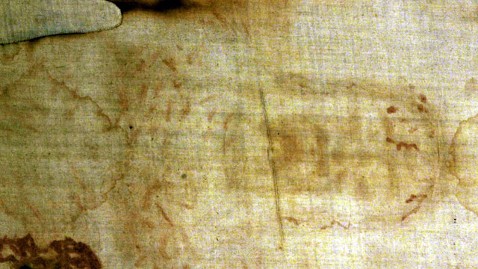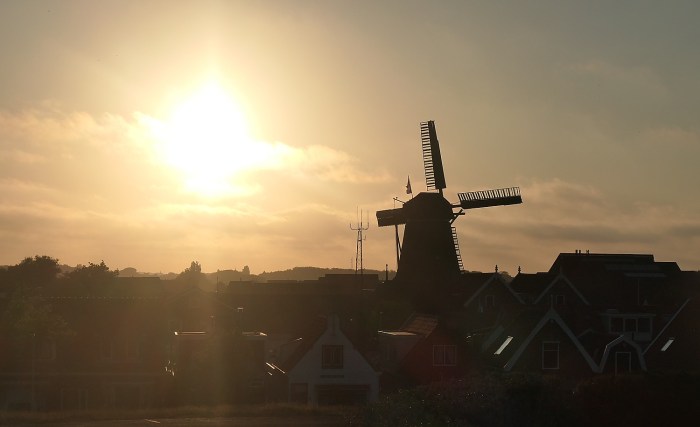
Everyone knows the Shroud Of Turin, the centuries-old cloth that many believe bears the image of Jesus, has been the cause for debate for many years.
The 13-foot long cloth, also known as The Holy Shroud, is owned by the Vatican and rarely leaves its chamber in a Turin cathedral. Although the Vatican owns the cloth, according to ABC, the Catholic Church has never taken an official position on the cloth’s authenticity.
It contains an impression on the front and back of a face and body, smeared with blood and has been deemed a fake by critics that say it was made during the medieval times. A new study dismissed the rumors of a fake and concluded instead, that there’s no scientific explanation for the image.
According to Catholic Culture, after 5 years of experiments, using different methods of coloring linen, Italy’s National Agency for New Technologies, Energy and Sustainable Economic Development said the image is not the result of any process known to the modern world and that no laser existed to date that could replicate the singular markings found on the shroud.
The Italian researchers found that the markings couldn’t have come from direct contact of the body with the linen either but reportedly, the image may have been created by an short intense source of light. The researchers believe that it was created by an “ultraviolet flash of light,” reported ibtimes, and that the findings seem to suggest that the shroud could be legitimate.
Though the new study did not offer an explanation for how exactly the marks were made, nor confirm that they had any relation to Jesus, many believe that the shroud was marked when Jesus rose from the dead.
While this study sure doesn’t link the shroud to Jesus, many studies over the years have alluded to the fact that it is indeed a very likely possibility.
According to the Associated Press, a researcher at the Vatican archives named Barbara Frale released a book in recent years in which she used computer-enhanced images of the shroud to decipher words in Greek, Latin and Aramaic scattered across the cloth. She reported that the name “(J)esu(s) Nazarene” or Jesus of Nazareth in Greek was found in the text—She noted that the name proves it couldn’t be of medieval origin because even a forger would refer to Jesus’ divinity in fear of being labeled a heretic.
Another study calculated the shroud to be at least 1,300 to 3,000 years old, and could date back to Jesus’ era, while another concluded that the pollen and plant images on the shroud showed it originated in the area around Jerusalem before the eighth century. In another study, words from enhanced photos of the cloth showed the writing style was typical of the Middle East in the first century, Jesus’ time.

































